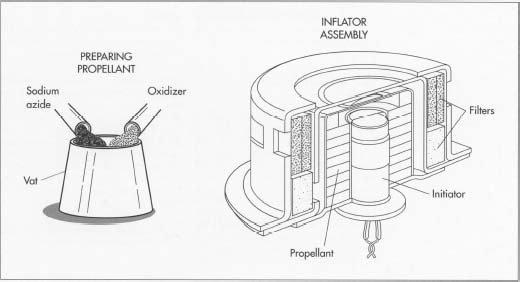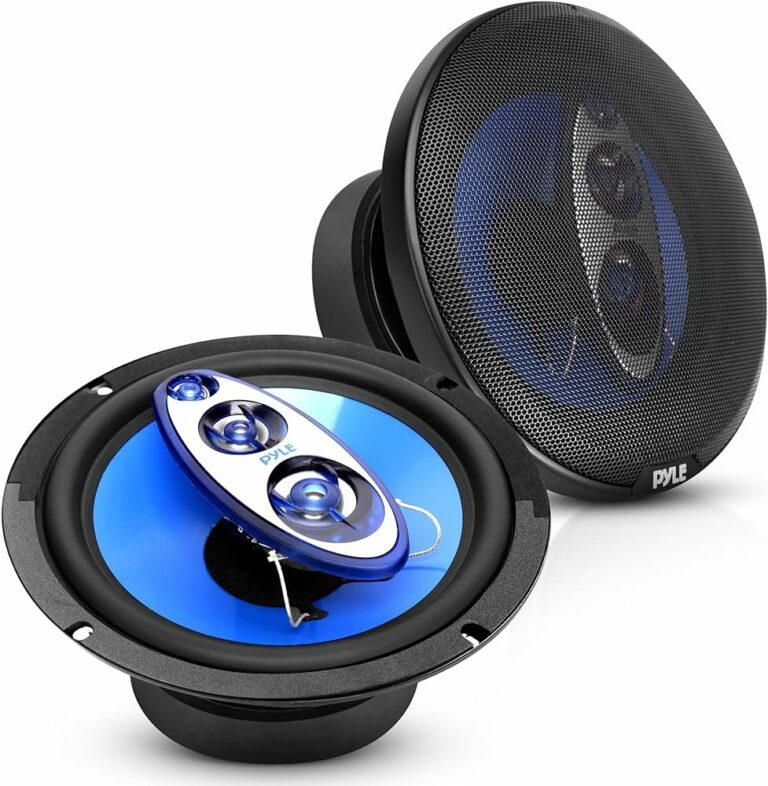How to Get Moisture Out of a Car
Today we discuss How to Get Moisture Out of a Car. Having moisture inside your car can be frustrating and uncomfortable. But don’t worry, getting rid of that unwanted dampness is easier than you might think. In this article, we will guide you on how to effectively remove moisture from your car so that you can enjoy a dry and comfortable ride.
No more foggy windows or damp seats! We’ll provide you with simple yet effective solutions and tips on how to get moisture out of a car. Say goodbye to that unwelcome humidity and hello to a cozy and dry interior. Let’s dive in and get your car moisture-free!
How to Get Moisture Out of a Car:
Understanding the Causes of Moisture in a Car:
Moisture buildup can be a common problem in cars, leading to discomfort, unpleasant odors, and potential damage to the vehicle’s interior. Before we discuss how to remove moisture from your car, it’s important to understand the underlying causes. Here are some common reasons for moisture buildup:
Condensation
\Condensation occurs when warm air meets colder surfaces, causing water vapor in the air to convert into liquid form. This can happen when the temperature inside a car is significantly higher than outside, such as on a hot and humid day.
Water Leaks
Water leaks, whether from a damaged seal, window, or sunroof, can introduce moisture into your car’s interior. Even a small leak can lead to significant moisture buildup over time.
Flooding
If your car has been exposed to flooding or heavy rain, water can seep into various parts of the vehicle, including the carpet, seats, and dashboard. This can result in excessive moisture that needs to be addressed promptly.
Identifying Signs of Moisture Buildup
Before we dive into the methods of removing moisture from your car, let’s first discuss how to identify signs of moisture buildup. By recognizing these indicators early on, you can take appropriate action to prevent further damage. Here are some common signs:
Damp Upholstery and Carpet
If your car’s upholstery or carpet feels damp or wet to the touch, it’s a clear indication of moisture buildup. Pay attention to any noticeable changes in the texture or appearance of these surfaces.
Musty Odors
Moisture can create a breeding ground for mold and mildew, leading to musty odors inside the car. If you notice a persistent foul smell, it’s likely a sign of moisture-related issues.
Foggy Windows
When moisture levels are high, particularly in cooler climates, windows tend to fog up easily. If you find excessive condensation on your windows, it’s a clear indication of excess moisture inside the car.
Section 3: Removing Moisture from Your Car
Now that we understand what causes moisture buildup and how to identify it, let’s explore some effective methods to remove moisture from your car. These techniques can help restore a dry and comfortable environment inside your vehicle. Here are some practical tips:
1. Use Desiccants
Desiccants are moisture-absorbing materials that can help eliminate excess humidity in your car. Place moisture-absorbing products like silica gel packets, activated charcoal, or cat litter in a breathable cloth bag, and leave them in your car overnight. These substances will attract and absorb moisture from the air.
2. Utilize Natural Dehumidifiers
Natural dehumidifiers can work wonders in reducing moisture levels. Open a box of baking soda and place it in your car overnight. Baking soda is known for its moisture-absorbing properties and can help eliminate unpleasant odors as well.
3. Leave Windows and Doors Open
Whenever possible, park your car in a well-ventilated area and leave the windows and doors open. This allows fresh air to circulate inside, helping to dissipate moisture. However, ensure that leaving the car unattended is safe and secure.
4. Run the Air Conditioning
Running the air conditioning not only cools down your car but also helps remove excess moisture from the air. Set the system to the maximum cool setting and turn the recirculation feature off to promote air circulation.
5. Use a Portable Dehumidifier
Consider investing in a portable dehumidifier specifically designed for cars. These compact devices are easy to use and provide effective moisture removal. Place the dehumidifier in your car, following the manufacturer’s instructions, and allow it to work its magic.
6. Regularly Clean and Maintain Your Vehicle
Proper car maintenance can go a long way in preventing moisture buildup. Keep the interior clean and free from dirt, dust, and debris. Regularly vacuum the carpet, upholstery, and floor mats to minimize moisture retention.
7. Check for Water Leaks
Inspect your car for any signs of water leaks regularly. Examine door seals, windows, sunroofs, and other potential entry points for moisture. Repair or replace any damaged seals to prevent future leaks.
8. Dry Wet Items Promptly
If you accidentally spill liquids or get your car interior wet, take immediate action to dry the affected areas. Use absorbent materials like towels or a wet-dry vacuum to remove excess moisture before it can lead to further problems.
9. Consider Professional Help
In severe cases where moisture buildup persists or results from significant water damage, it may be necessary to seek professional assistance. A professional car detailer or water damage restoration specialist can thoroughly assess the situation and provide effective solutions.
10. Maintain a Clean and Dry Environment
Prevention is always better than cure. Regularly clean and maintain your car to minimize the chances of moisture buildup. Keep the interior dry, especially during wet weather conditions, and address any signs of moisture promptly.
Section 4: Conclusion
Moisture buildup in a car can be a frustrating issue, but with the right knowledge and techniques, it can be effectively addressed. By understanding the causes of moisture, identifying the signs of buildup, and taking appropriate action to remove it, you can maintain a comfortable, odor-free, and dry environment inside your vehicle. Remember to follow the suggested methods and conduct regular maintenance to prevent moisture-related issues in the future.
How To Get Rid of Humidity From Your Car | EZ Tips Ep28
Frequently Asked Questions
How can I remove moisture from my car?
To remove moisture from your car, you can start by using a moisture absorber, such as silica gel packets or a dehumidifier. Place the absorber in your car and leave it for a few hours or overnight to effectively absorb excess moisture. Additionally, ensure that your car’s windows and doors are properly sealed to prevent moisture from coming in. Running the air conditioning or heater can also help reduce moisture levels inside your car. Regularly cleaning and vacuuming your car can also help prevent moisture buildup.
How do I prevent moisture inside my car?
To prevent moisture buildup inside your car, it’s important to keep your vehicle clean and dry. Avoid leaving wet items or spills in your car, as they can contribute to excess moisture. When parking, opt for shaded areas to minimize exposure to direct sunlight. Regularly clean and treat your car’s upholstery and carpet to prevent mold and mildew growth. It’s also a good idea to use moisture-absorbing products, such as silica gel packets or dehumidifiers, particularly during humid weather.
Why is there moisture in my car?
Moisture in your car can be caused by a variety of factors. One common cause is high humidity, especially during hot and humid weather. Other factors can include water leaks from windows or sunroofs, spills or wet items left inside the car, or even condensation from temperature changes. Poor ventilation and inadequate sealing of the car’s interior can also contribute to moisture buildup.
Can I use rice to remove moisture from my car?
While rice is often touted as a home remedy for removing moisture, it may not be as effective in a car. Rice can help absorb moisture in small, enclosed spaces, but it may not be sufficient for a larger area like a car’s interior. It’s best to use moisture absorbers specifically designed for automotive use, such as silica gel packets or dehumidifiers, as they are more effective at removing moisture from a car’s interior.
What can I do to get rid of a musty smell in my car caused by moisture?
To eliminate a musty smell in your car caused by moisture, you can start by thoroughly cleaning the interior. Vacuum the carpets, upholstery, and any affected areas. You can also use odor absorbers, such as baking soda or activated charcoal, to help neutralize the smell. If the smell persists, consider using a fabric or upholstery cleaner specifically designed to remove odors. Keeping the car well-ventilated and addressing any underlying moisture issues will also help prevent the musty smell from returning.
Final Thoughts
To remove moisture from your car, start by using absorbent materials such as silica gel or cat litter to soak up the excess moisture. Leave them inside the car for a few days, replacing them if necessary. Additionally, make sure to check for and fix any leaks in the car’s windows, doors, or sunroof, as they can contribute to the moisture problem. Opening the windows while driving or parking in a well-ventilated area can help to circulate the air and reduce moisture buildup. By following these steps, you can effectively get rid of moisture from your car and prevent any potential damage.






